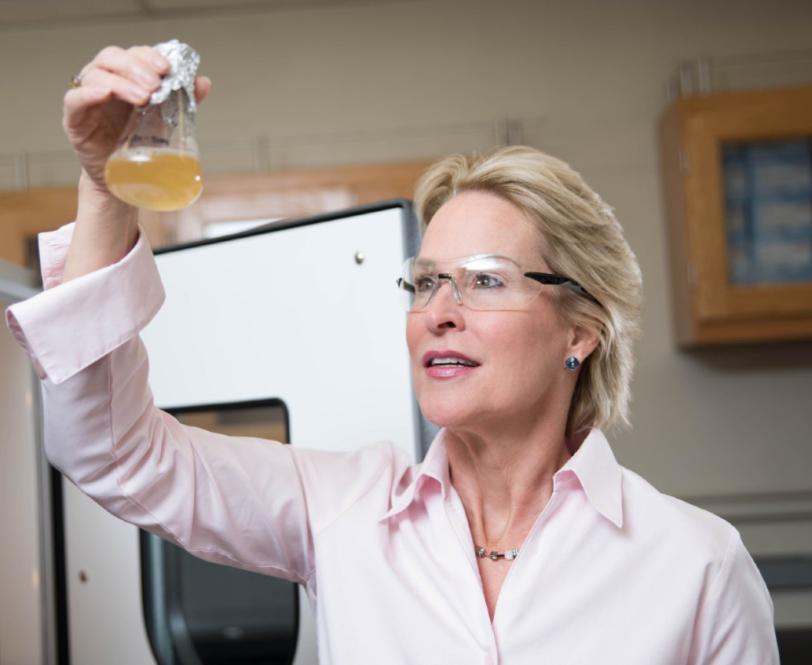Nobel Prizes
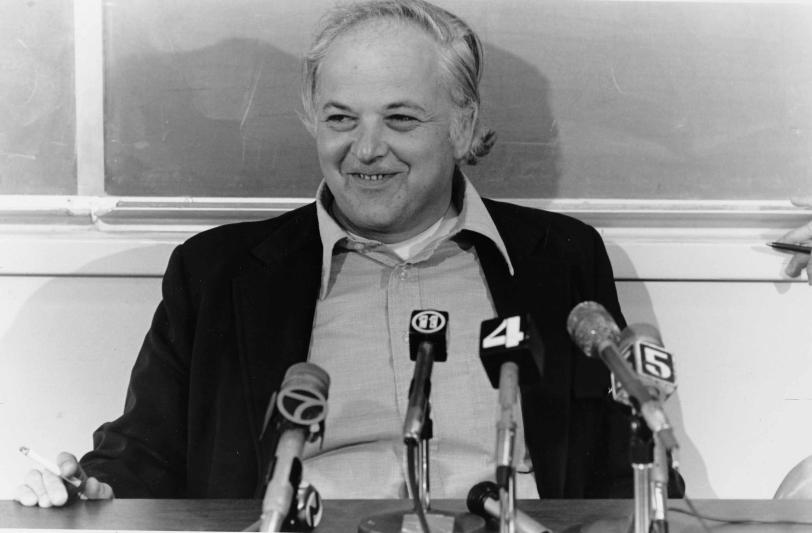
Burton Richter Nobel Prize organization interview video (SLAC)
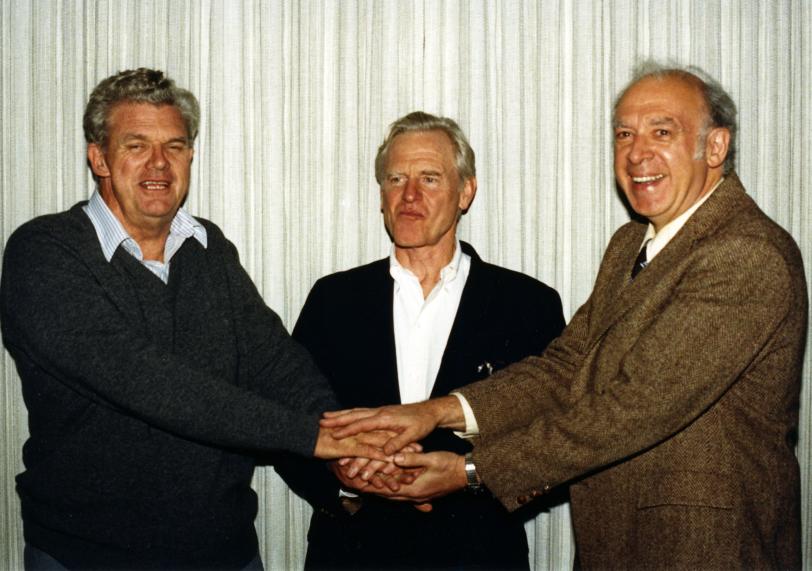

Martin Perl Nobel Prize organization interview video (SLAC)
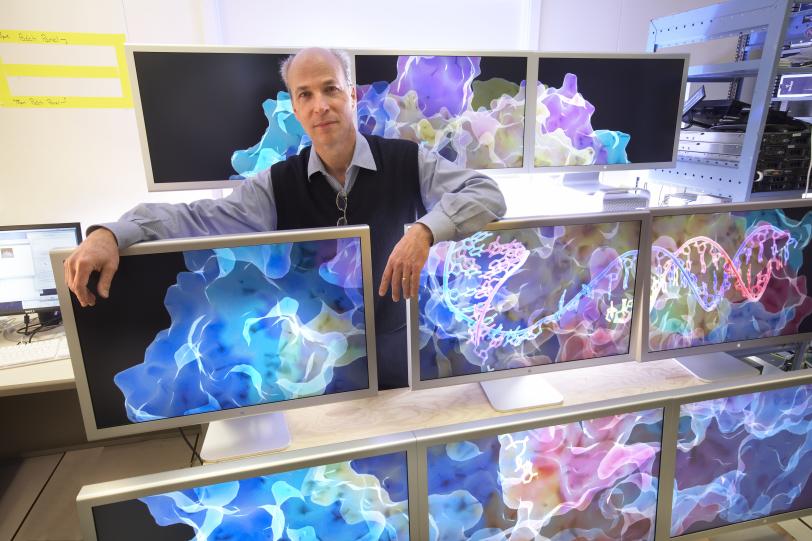
Roger Kornberg Nobel Prize organization interview video (SLAC - Ginter)
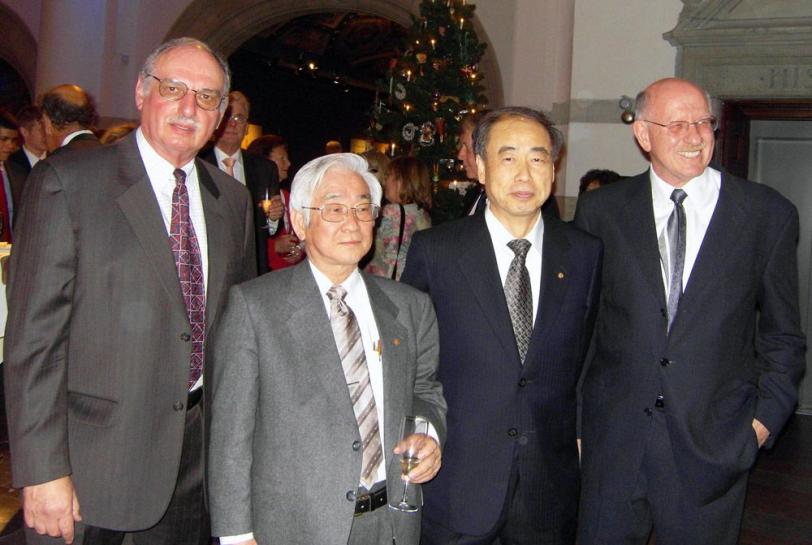

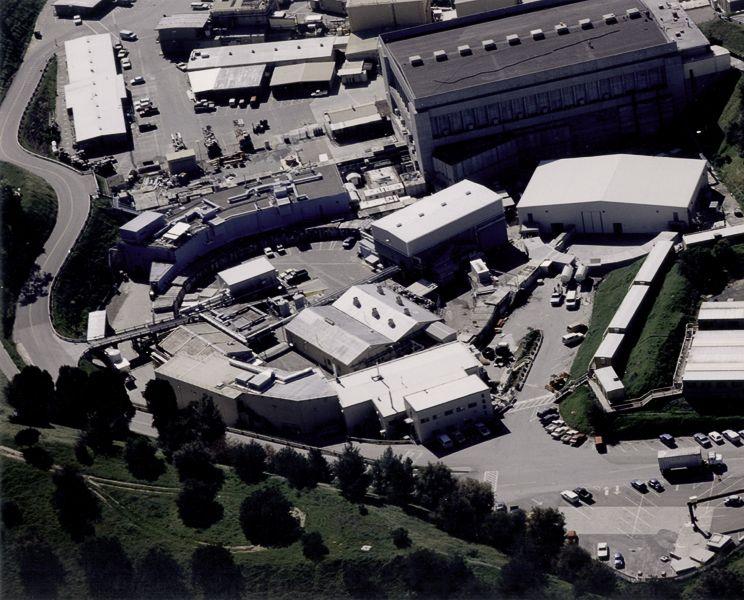
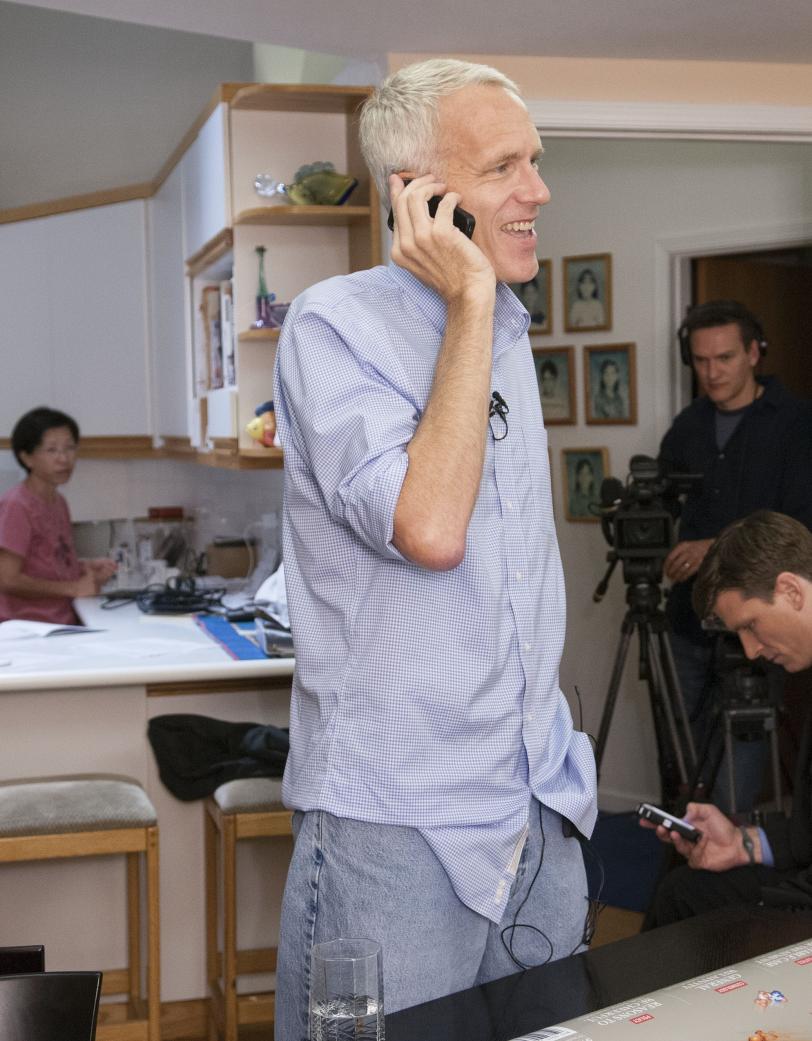
Kobilka Nobel Prize interview. (Stanford - Cicero)
